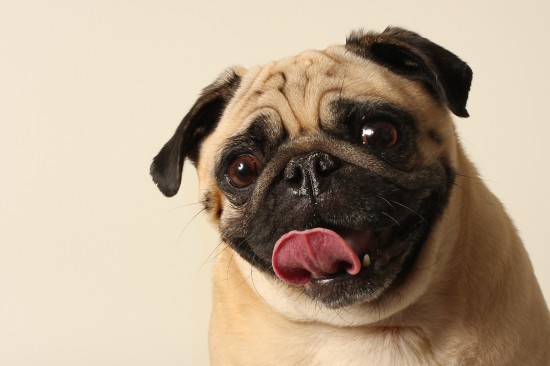

For every recognised pedigree breed of dog or cat, there is a strict breed standard to adhere to, which describes the desirable traits of the animals of that breed and what breeders should strive to achieve from their subsequent litters of kittens or puppies in terms of their signature traits. More information on breed standards, what they encompass and how they are set can be found in this article, here.
One of the core considerations of breed standards not only dictates the way that any given animal should look and the traits that they display, but that those traits are not taken to an extreme. This would involve achieving an unnaturally over-exaggerated look or development that is not only different to the natural condition of the cat or dog in question, but that may actually be detrimental to health.
When any dog or cat is selectively bred for a specific breed trait and this is taken to extremes or achieves an overly exaggerated look or dominance of one particular trait, this is known as ultra-typing or over-typing, and is frowned upon in breeding and judging circles.
The terms ultra-typing and over-typing are often used interchangeably, and ultimately mean essentially the same thing. However, to be perfectly accurate about the usage of each term, it is important to understand the small distinction between ultra-typing and over-typing.
Ultra-typing is usually considered to be on the borderlines of the acceptable range of prominence of a trait, and by some people might be judged as an excellent example of the trait shown at its best, while to others, would be considered a step too far. Judging what does and does not constitute ultra-typing is a fine line, and even two highly qualified and experienced pedigree show judges may not always agree on it when looking at the same animal.
Over-typing is when it is considered to be clearly obvious that the trait in question has become exaggerated and prominent beyond the naturally occurring norm, to the point that it is clear that the trait has been artificially enhanced by selective breeding for the exaggerated look. Over-typing is also often associated with being detrimental to health, or with causing problems or abnormalities in the pet in question due to the overblown nature of the given trait.
There are a significant number of pedigree breeds of dogs and cats that are considered to be high profile breeds, which are particularly prone to ultra-typing or over-typing within show animals of those breeds. These breeds are carefully monitored by the appropriate regulatory authority, the UK Kennel Club or the governing Council of the Cat Fancy respectively, to ensure that ultra-typing or over-typing is not encouraged or rewarded when showing, in order to promote natural breed conditions and reduce the incentive to exaggerate specific traits.
Four of the breeds that are particularly known for ultra-typing or over-typing, plus how this manifests in the animals in question, are listed below.
The English Bulldog’s head should be large and square, but the head of the modern bulldog is one of the most commonly seen examples of over-typing in dogs. Over time, many show breeders have selectively bred their dogs for ever larger and heavier heads, to the point that over 80% of English bulldog litters need to be delivered via caesarean section, as the heads of the puppies are too large for the dam to deliver naturally.
The favoured modern strain of the Persian cat is known as the Peke-faced Persian, which refers to Persian cats with a short, flat muzzle and shortened nasal passages. Breed standards dictated with health in mind state that the muzzle’s flatness should not be overly pronounced, nor the nose sit higher than the bottom of the eyes. Any problems with protruding eyes or tear duct formation are also frowned upon. Persian cats that display any of these exaggerated traits are considered to be over-typed or ultra-typed.
The Pug dog is probably the best example of a dog that was bred unchecked for decades to achieve exaggerated traits, to the point that the majority of modern Pug dogs will suffer from at least one health or conformation defect at some point during their lives.
Excessively bulbous eyes, a pronouncedly flattened face to the point that breathing is laboured, or an excessively wrinkled muzzle are all considered to be examples of over-typing in the Pug, as are pinched nostrils, an exaggeratedly curling tail, and extreme skin folds.
The modern Siamese cat has a rather more slender and angular appearance than their ancestors, with Siamese cats that retain the more traditional rounded head the breed used to display referred to today as “apple-headed Siamese.”
A face that is disproportionately angular, has long, narrow nostrils or an exaggeratedly wedge-shaped head may be considered to be examples of over-typing or ultra-typing within the breed.
If you are in the market to buy a pedigree kitten or puppy of any breed, it is important to familiarise yourself with the breed norms, and learn to identify any particular propensities to over-typing or ultra-typing. With young kittens or puppies it is not always possible to identify how they will look when fully grown, so taking a good objective look at the dam (and sire, if available) is important n order to help you to make an informed choice about your potential purchase.
Copyright © 2005-2016 Pet Information All Rights Reserved
Contact us: www162date@outlook.com